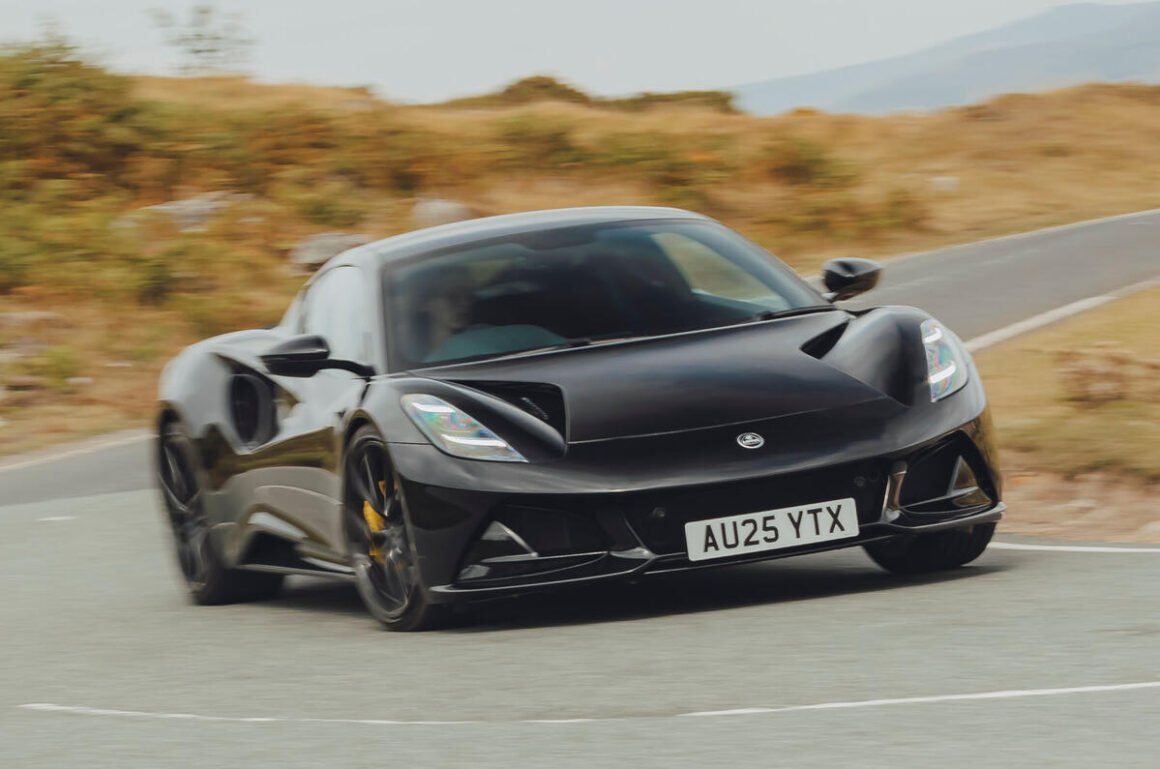Lotus Emira: A New Era with Plug-in Hybrid Technology
On August 30, Lotus made headlines with the announcement of a plug-in hybrid version of its iconic Emira sports car. This decision reflects the automaker’s commitment to adhere to the upcoming 2027 Euro 7 emission regulations. As the automotive industry pivots towards sustainability, Lotus is upgrading its vehicles to meet these environmental standards while enhancing performance.
Emira’s Cutting-Edge Technology
CEO Feng Qingfeng unveiled plans during the second quarter financial report, highlighting that the Emira will feature the innovative "Hyper Hybrid" technology. This cutting-edge system is expected to debut in the Eletre SUV later this year. By integrating advanced hybrid technology, Lotus aims to enhance both efficiency and performance in its sports cars.

Transforming the Engine Lineup
As part of their strategy, Lotus is expected to phase out the four-cylinder Emira Turbo, which uses a Mercedes-AMG engine. Additionally, the existing V6 model, powered by a Toyota engine, will not meet Euro 7 requirements. To address this limitation, Lotus will introduce plug-in hybrid technology through an innovative collaboration between Chinese Lotus Technology and British Lotus Automobile. This partnership aims to elevate Lotus’s performance capabilities and technological advancements in sports cars.
Focus on Efficiency and Growth
Despite recent reports regarding significant layoffs in the UK, CEO Feng emphasized that the merger of Lotus Technology and Lotus Automobile will enhance operational efficiency. The goal is to leverage functional integration and technology collaboration to drive performance improvements. While addressing rumors concerning potential production shifts from the UK, Feng reaffirmed Lotus’s commitment to its UK operations, signaling an ambitious future for the brand in high-performance engineering services.
Adapting to Market Trends
In light of recent challenges, including slower-than-expected sales of the Eletre SUV and Emeya sedan, Lotus is strategically turning to plug-in hybrids as a way to attract luxury car consumers who are currently adopting a cautious stance towards electric vehicles. "We will actively promote Hyper Hybrid technology," Feng stated, showcasing the brand’s readiness to adapt to the evolving automotive landscape.
A Look Back: The Evora Experiment
Lotus’s foray into hybrid technology is not new; the brand previously experimented with a plug-in hybrid version of the Evora, which included a 1.2-liter three-cylinder engine, an electric motor, and a 17kWh battery, providing a pure electric range of up to 56 kilometers. Although this project did not reach mass production, it laid the groundwork for Lotus’s current hybrid initiatives.
Positive Sales Trends
On a positive note, Lotus has seen a rebound in sales for both the Eletre and Emeya models in China during the second quarter of this year. The upgraded Eletre has played a significant role in this resurgence, highlighting the brand’s capacity to innovate and respond to consumer demands effectively.
Conclusion
As Lotus embarks on its journey toward electrification with the Emira plug-in hybrid, it sets the stage for a new chapter in high-performance sports cars. By integrating advanced hybrid technologies and focusing on sustainability, Lotus reaffirms its position as a leader in automotive performance and innovation. With the upcoming launch of the Emira and ongoing updates to its model range, Lotus is committed to delivering unparalleled driving experiences while meeting the challenges of a changing automotive landscape.
Stay tuned to see how Lotus continues to evolve, embracing innovation and performance with its exciting hybrid offerings on the horizon.








